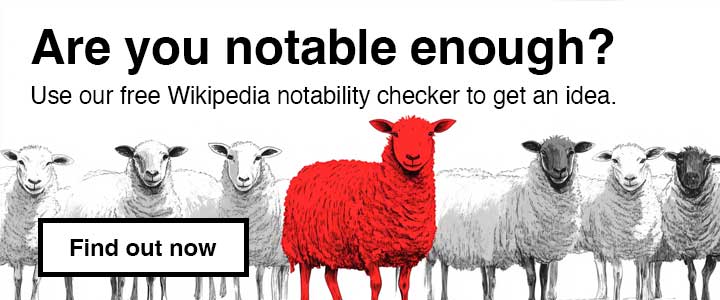Mastering the Basics of Wikipedia Editing ? How to Begin Editing Articles
Are you interested in contributing to the wealth of human knowledge by updating Wikipedia articles? Whether you’re an expert in a particular field or a casual enthusiast, getting started with Wikipedia editing can be a rewarding and educational experience. In this article, we’ll cover everything you need to know about Wikipedia editing best practices, editing guidelines, formatting, and more.
Understanding the Basics of Wikipedia Editing
Wikipedia is a collaborative encyclopedia that allows users to create, edit, and update articles on virtually any subject. While it isn’t the only online encyclopedia out there, it is the most well-known. As a new editor, it’s essential to understand Wikipedia’s core principles and editing guidelines to make your edits as valuable as possible. Keep these foundational principles in mind:
Be Bold: If you see a mistake, fix it! Don’t be afraid to make changes or improvements to an article, but ensure that your edits are well-reasoned and backed by reliable sources. If you don’t, your edits will probably be rolled back by another editor.
Assume Good Faith: Always assume that other editors are acting with good intentions, and try to resolve any disputes amicably and collaboratively. This isn’t always easy; there are as many personalities as there are editors.
Neutral Point of View: All articles should be written from a neutral perspective, avoiding bias or promoting a specific point of view.
Verifiability: Content added to articles must be verifiable through reliable sources. This ensures that the information provided is accurate and trustworthy.
Updating Wikipedia Articles: Where to Begin
To start editing an existing article, simply navigate to the page you’d like to update and click the “Edit” link located near the top-right corner of the page. This will open the article in an editing window where you can make changes directly to the text. Note: Wikipedia recently updated its web layout, so things may have changed since last you looked.

If you do not see the edit link
If you do not see the Edit link, it probably means you are not logged in. For example, the Wikipedia article for Steve Jobs is protected (it has a lock in the upper right corner), so anonymous users cannot edit the article. But the article for Mill Valley, California (seen below), is not protected, so the Edit link appears.

Some Wikipedia articles cannot be edited by first-time editors, but most can.
Before making any changes, it’s important to familiarize yourself with the editing guidelines and policies in place to maintain the quality and integrity of Wikipedia’s content. The help documentation on Wikipedia can be a little daunting. Here are a few key guidelines to keep in mind:
Use good grammar: Use proper grammar and punctuation and organize content in a clear and coherent manner.
Avoid Plagiarism: Always attribute any quoted or paraphrased material to its original source using citations.
Respect Copyright: Do not add copyrighted material to articles without permission from the copyright holder. It’s a bit complex, but you can read more about copyright on Wikipedia here.
Wikipedia Formatting and Organization
Wikipedia formatting is important to ensuring that articles are easy to read and navigate. Here are some essential tips on formatting your edits. Your first edits may not be extensive as you get used to the process, but later on you may be making larger edits. Here are some tips:
- Use headings and subheadings: Organize your content with hierarchical headings, making it easier for readers to find the information they’re seeking.
Bold and italics: Use bold text sparingly. It is often used for the first instance of the article’s title within the body and italics for emphasis or to indicate titles of books, films, and other works.
Lists and tables: Utilize bulleted or numbered lists and tables to present information in a concise, organized manner. We suggest looking at similar articles to see how they are organized.
Links: Add internal links (hyperlinks to other Wikipedia articles) to help readers easily navigate to related topics. Add internal links (Wikilinks) to other Wikipedia pages when appropriate.
Adding Reliable Sources and Establishing Notability
One of the most important aspects of editing Wikipedia articles is providing reliable sources and ensuring that the subject of the article meets Wikipedia’s notability criteria. Here’s what you need to know:
Reliable sources: Use reputable, third-party publications (such as books, academic journals, or news articles) to support your edits. While not a rule, a rule of thumb is to use well-known publications. Avoid personal websites, blogs, press releases, and other sources that don’t adhere to strict editorial standards.
Citations: Properly cite your sources using Wikipedia’s preferred citation style, which typically includes the author, title, publication, and date.
Notability: If an article already exists, and you are editing it, the subject’s notability is probably not an issue. But if you are editing (creating) a new article, remember that for the subject to be considered notable, it must have received significant coverage from reliable, independent sources. Anonymous vs. Account-based Editing
Tags: Wikipedia Writing.
